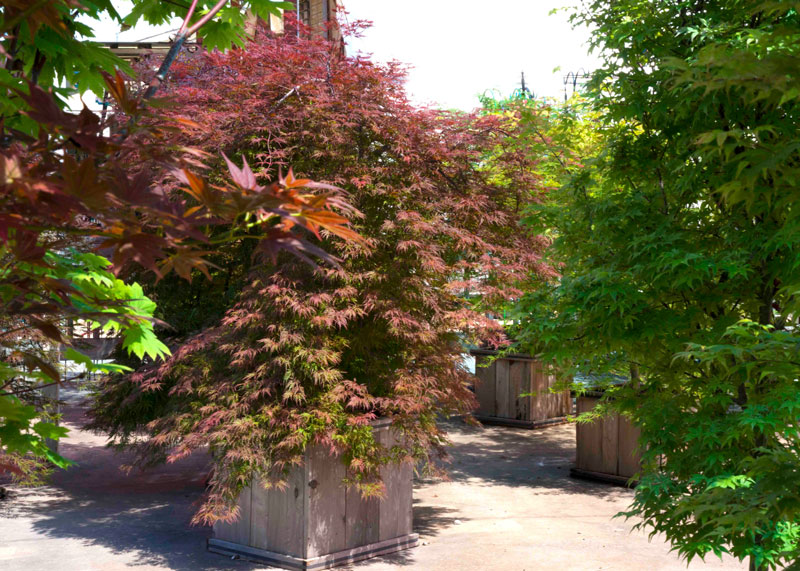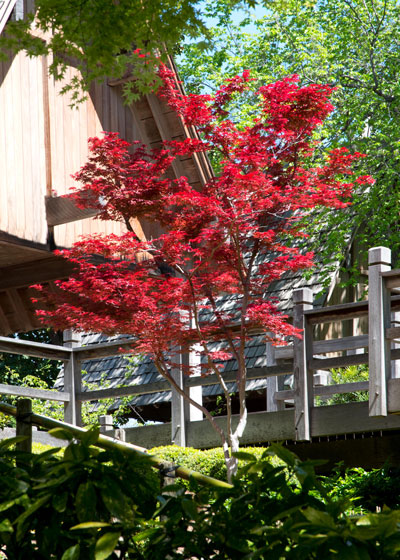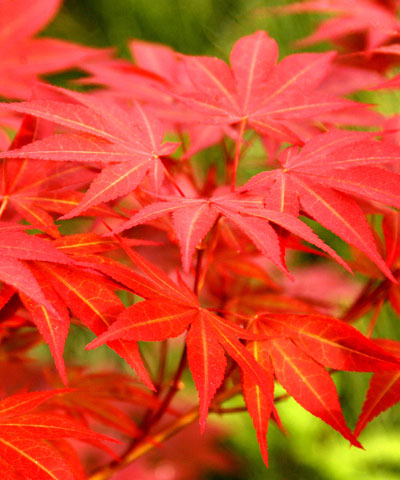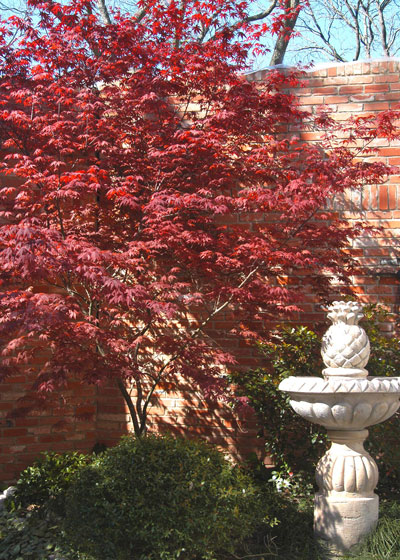Japanese maples in Texas

There are others who are better able to give full details on this fascinating group of trees that you’ll find in fine gardens almost coast-to-coast and border-to-border. However, I’ve been growing 15 or so for almost 40 years and observing hundreds of others, so I’ve collected some thoughts.
• As you might guess from their name, they are indeed native to Japan (also Korea and China).

• They are deciduous, but they hold their leaves beyond Thanksgiving. Mine in McKinney often have their best fall color around Christmas.
• They are winter-hardy to USDA Zones 5-8, meaning they will not be hurt by cold in any part of Texas.
• However, they do not tolerate sun or drought. Both will cause leaf scorch around the edges and tips of the leaves.
• They are best suited to the eastern third of Texas (near I-35 and eastward). Points farther west often are just too arid to satisfy them.
• Mature heights vary with variety, usually ranging between 10 and 25 feet. Widths are usually almost equal to their heights.

• Because of their need for protection from sun and their shorter mature heights, Japanese maples, like dogwoods and redbuds, make excellent “understory” trees (grown beneath other, much taller species). They can also be grown on the north sides of houses where there is almost always shade.

• Many varieties have intensely maroon-red new growth in spring, but most fade into reddish-green by late spring. The variety ‘Bloodgood’ holds its color better than most of the other popular varieties in my experience.

• There are also very attractive green-leafed and even variegated varieties. In fact, there are hundreds of named varieties worldwide. Most are known only to serious collectors.
• Leaves frequently have 5 or 7 points, sometimes 3 and sometimes 9. Some are deeply fringed, almost lace-like.
• The original species, Acer palmatum, is a green-leafed type that grows to 25 to 30 feet in Texas. All of the others are grafted selections.

Interesting Web page…
I came across this Web page while researching Japanese maples for a friend. I thought you might enjoy it as well.
• You will find good selections in better retail garden centers. Do your homework before you buy, though, to be sure the variety you choose will fit the space you have for it.
• Your new plant will have tender new leaves when you buy it. Don’t ever try to drive home with those leaves exposed to highway wind. It’s critical that you wrap it in nursery shade fabric, an old sheet tied securely or some other covering to keep the wind away from its foliage. You absolutely cannot drive slowly enough to avoid serious damage to the leaves. With a plant as expensive as one of these will be you don’t want to take that chance.
